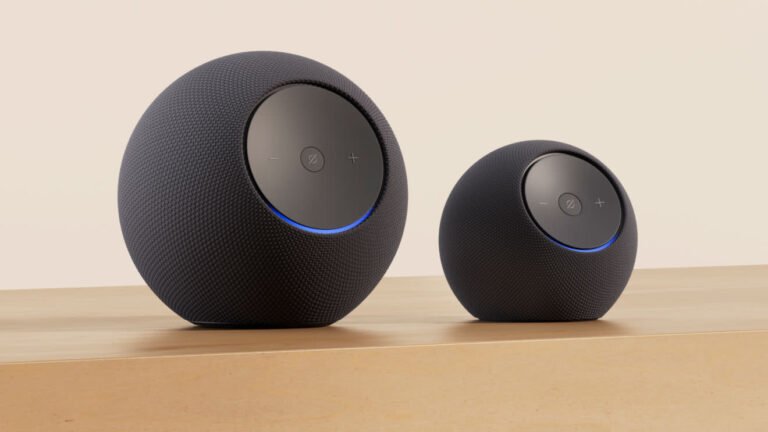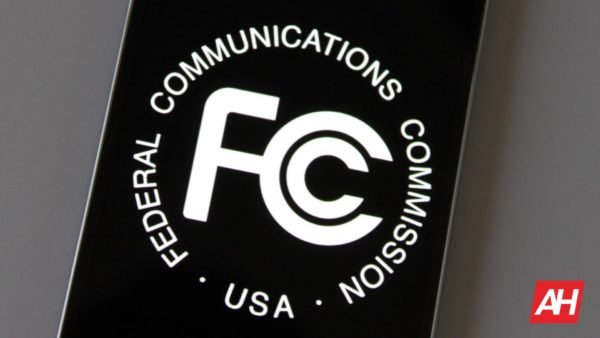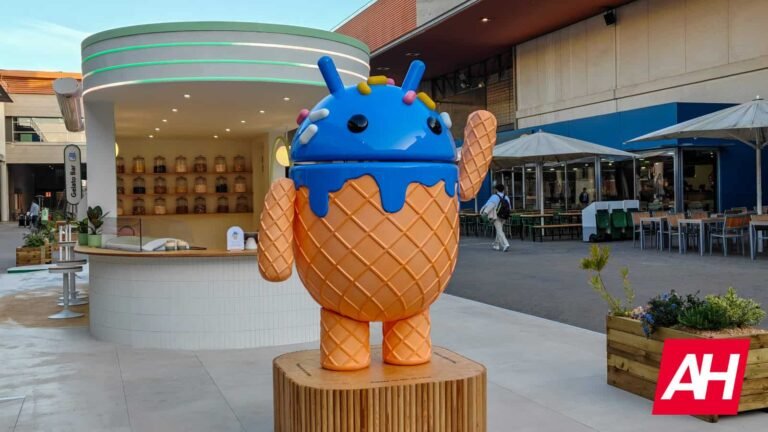

OpenAI has officially launched Sora 2, the next generation of its video and audio generation model. There’s also a new social app also named Sora. The launch is a significant move that transforms generative AI from a desktop tool into a social, mobile experience. It allows users to create and share increasingly realistic multimedia.
Sora 2 represents a major leap forward from the original model released in early 2024. OpenAI describes the shift as moving from the “GPT-1 moment for video” to the “GPT-3.5 moment.” Basically, the platform is now significantly more robust. The new model is better at simulating real-world physics, tracking continuity across scenes, and minimizing the unnatural visual artifacts that plagued earlier AI videos. It is also capable of generating synchronized audio and dialogue for its clips.
OpenAI’s Sora 2 “Cameos” feature, Sora app social sharing
The Sora app, currently available on iOS via invite, focuses on sparking creativity rather than encouraging passive consumption. It centers on a feature called cameos, allowing users to insert themselves, or friends, into the AI-generated scenarios.
To enable a cameo, a user must complete a one-time video and audio verification. Once verified, a friend can place that person’s likeness into an AI-created video based on a text prompt. Users maintain tight control over their digital identity. They get a notification when their cameo is used and can approve the usage or delete the video at any time. Friends can also easily remix creations they see in their feed by adding their own tweaks to the prompt or including their own cameo.
Control and safety guardrails
Photorealistic video generation undoubtedly entails potential risks. Bad actors could resort to features like “cameos” with harmful intent. Fortunately, OpenAI is aware of this and has implemented several safeguards.
Every video generated by Sora includes a visible watermark and industry-standard metadata. This makes it clear the AI origins of the video. Furthermore, guardrails automatically seek to block prompts and outputs that promote harmful content. The guardrails target from terrorism to self-harm. For teens, the app applies additional parental controls, including usage time limits and controls over direct messages.
Access to the app is rolling out slowly, Initially Pro subscribers and heavy users of the original Sora model in the United States and Canada will receive access. Due to the intense computing power required, OpenAI anticipates implementing paid tiers for users who want to exceed “generous limits” on video creation.
The post Sora 2 Is Here: OpenAI’s Most Powerful AI Video Model appeared first on Android Headlines.


